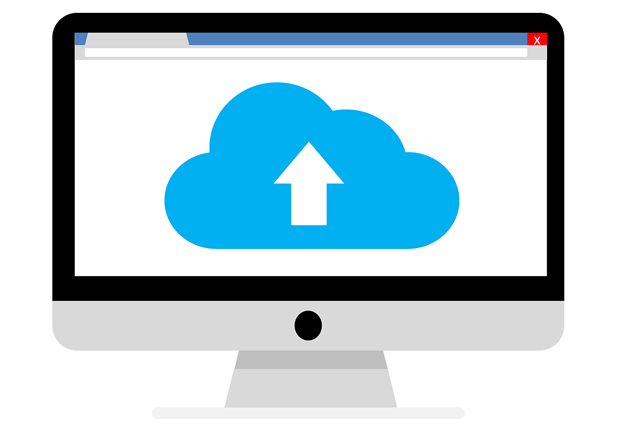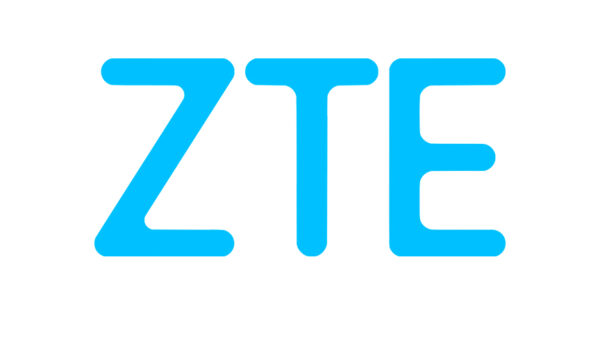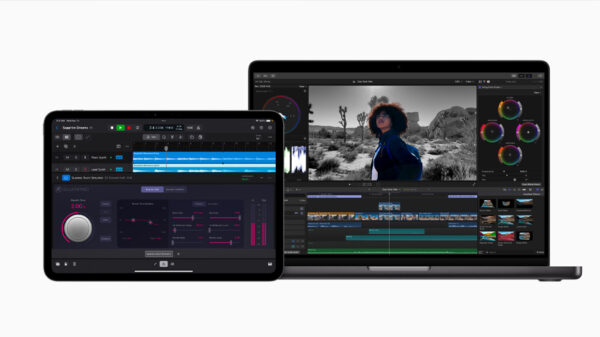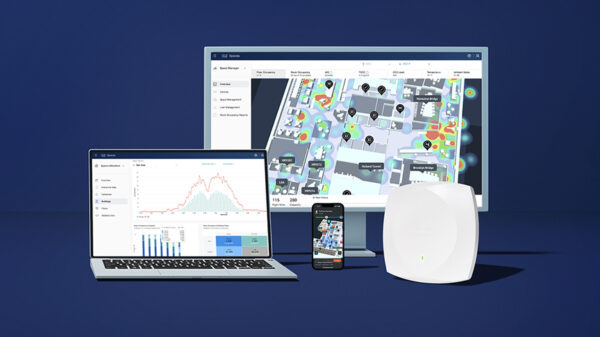Cloud computing continues to advance every aspect of businesses and one such popular application of it is for boosting the resilience of entire IT systems against disasters. This growth is worth noting as Gartner predicts that by 2018, the number of organizations using cloud-based disaster recovery or the Disaster Recovery as a Service (DRaaS) model will exceed the number of organizations using traditional recovery services.

IMAGE FROM PIXABAY.COM
There are many good reasons for companies to embrace DRaaS, but according to leading cloud services and data center firm IPC, the main motivation for this is how it can dramatically reduce downtime. This is crucial since employee productivity, consumer experience, and revenue, to name a few, are negatively affected whenever downtime halts operations.
“With traditional means, it can take more than 24 hours to bring up or recover servers, depending on the data. Also, since customary methods mostly require the use of physical hardware such as storage disks, you can’t discount the possibility that there might be nothing to recover as they can get damaged or lost during disasters,” explained IPC Chief Operating Officer, Dave de Leon. “With DRaaS, on the other hand, recovery can be done in a few minutes and it only requires an Internet connection.”
DRaaS is a model that takes advantage of cloud storage and backup services to ensure business continuity in the event of a disaster. Put simply, it involves creating an on-demand, cloud-based replica of the operational IT environment through virtualization, that can be initialized quickly and easily. When not used during disasters, the virtual infrastructure is synchronized for any changes and tested periodically depending on the defined recovery point objective (RPO) — the maximum targeted period in which data might be lost due to incidents and disasters.
“The fact that the data backed up using DRaaS is cloud-based means that it is unlikely to be affected by the same disaster that affects a company’s main offices. It would be similar to having off-site, redundant backup servers in regions far away from the company’s location but costs much less,” said de Leon.
Cloud-based disaster recovery couldn’t have come at a better time with global downtime costs already skyrocketing. As reported in the latest global cost measurement study done by Information Technology Intelligence Consulting (ITIC), 81% of companies lost more than $300,000 (PHP 15,600,000) due to downtime. Additionally, 98% of large enterprises with more than 1,000 employees said that an hour of downtime per year costs over $100,000 (PHP 5,200,000), and 33% of companies indicate that they lost $1 million or more.
For IPC, these figures just show why companies should turn to the cloud for disaster recovery. With its virtualization ability, the entire server’s operating system, applications, patches, and data are encapsulated into a single software bundle or virtual server. This entire virtual server can be copied or backed up to an offsite data center and spun up on a virtual host in a matter of minutes. Additionally, the company notes that the move also frees businesses from the requirements needed to maintain a disaster recovery program, as DRaaS is offered by cloud service providers who will manage and operate the entire system.
“The need to minimize downtime and ensure faster recovery against disasters has become much more important, critical even, as technology is now considered vital for success,” notes de Leon. “The cloud makes the whole process incredibly cost-effective, especially for smaller companies who can’t afford to create and maintain a physical disaster recovery environment running 24 hours a day.”
As a local cloud computing pioneer, IPC, together with partner CloudSigma, offers one such virtualized IT infrastructure environment called IPC CloudServers that is able to migrate itself every 15 minutes, and assures a recovery time of as little as two minutes after a disaster. Enhanced resiliency is also provided by IPC’s state-of-the-art data center, VITRO Data Center Parañaque. The facility features fully redundant services, designed to withstand calamities such as earthquakes and typhoons.
With CloudServers, customers are able to provision processing, storage, networks and other fundamental computing resources at one’s discretion, meaning CPU, RAM, storage, and bandwidth can be purchased independently to allow the best combination of cloud resources without the limitation of fixed sizes. Each resource is billed separately and transparently as either subscription or as pay-as-you-go, five-minute billing segments enabling customers to track exactly how much their cloud servers are costing over time.
“DRaaS offers a strategic option that CTOs and CFOs can both see value from. Implementing a comprehensive disaster recovery plan for your entire IT infrastructure is now a feasible option. Cloud-based disaster recovery takes a new and more effective approach that makes it possible for businesses to mitigate costly disruptions with a cost effective and reliable backup plan,” said De Leon.












































































































